Last Updated on April 11, 2023
Some of us need a very firm pillow. If you’re one of those people, you’ve probably tried multiple different pillows. And none of them have worked. Right?
The struggle with finding the right pillow leads to stiff necks, sleepless nights, etc.
For many people, the search for the perfect pillow requires a bit of customization. If you can’t find the right pillow for you, try making it yourself.

Forget about the pillows you see on the infomercials. Ignore the “Top 10 Pillows” blog lists. They’re just reinventions of the same old tired wheel.
Let’s customize a pillow! A pillow customized for your own frame. For your own preferences.
Firm vs Loft
First things first. Figure out the right balance of firmness and loft.
The firmness of a pillow describes how dense it is. It describes how much a pillow will compress under weight – like your head). Loft is a measure of the height of the pillow.
If you have large shoulders, you’ll want a loftier pillow. Is your current pillow correctly sized, but just too mushy? Then you want a firmer pillow.
There are other things to consider as well.
Do you have a soft mattress? That means you’ll sink into the mattress more, and you won’t need as much loft. (More on this later).

Where most people go wrong is automatically assuming they need a loftier pillow. Or a super firm pillow. A lofty pillow for a small-framed pillow is a bad choice.
A lofty pillow for a stomach-sleeper is a very bad choice.
So the question to answer is – do we need to raise the height of the pillow or add density? Or both?
Best Pillow Customization Methods
Here are the 3 ways that we have found to work best. The effort needed varies, but all of them can be completed in a few minutes of time.
1.) Go Down A Size
The simplest (and cheapest) way to make a pillow firmer is to compress the filling inside. For this method, we like to use a zippered pillow protector that is a size smaller than the pillow itself.
For example, if your pillow is a Queen size, use a Standard or Jumbo protector. If your pillow is a King size, use a Queen protector.
Why not just use a pillowcase?
Pillowcases have an open edge. You can certainly stuff a larger pillow into a smaller case. But overnight, the pillow will wiggle its way out.
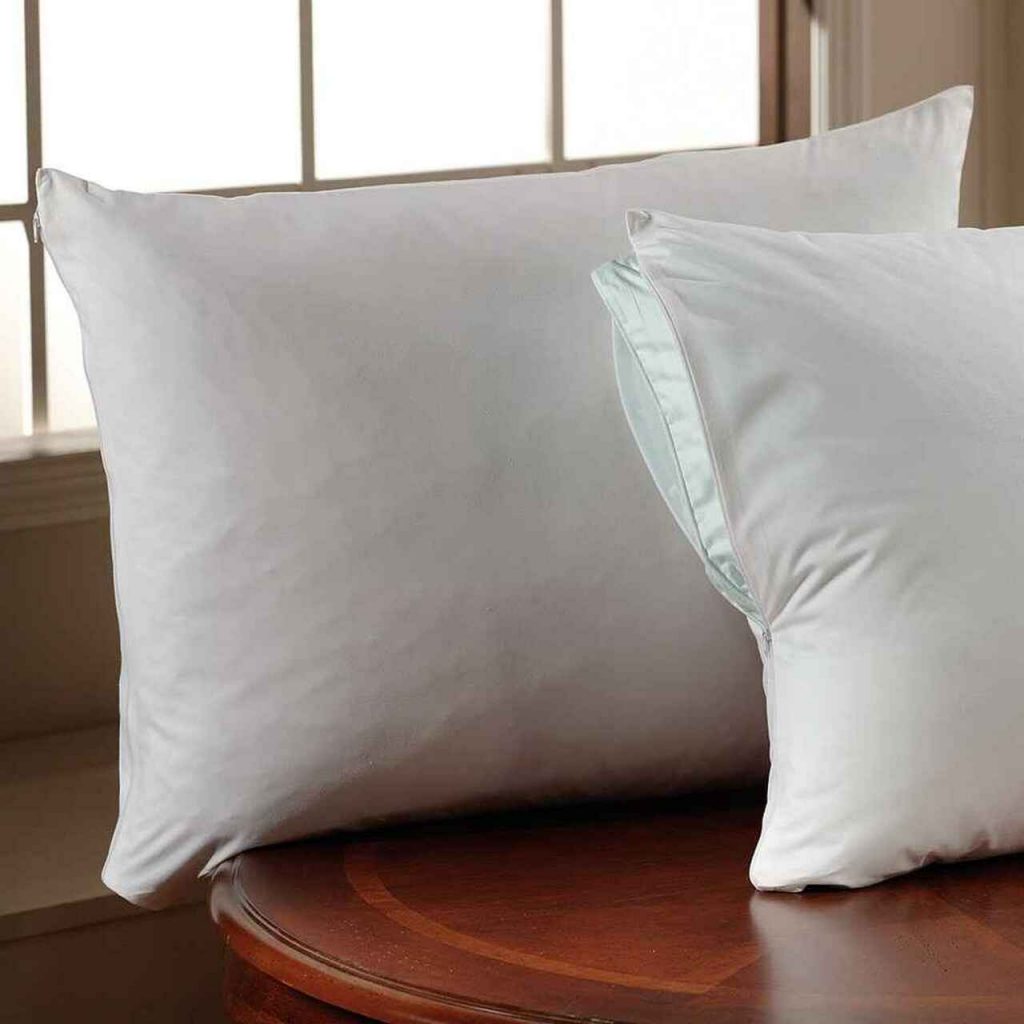
This technique is easy – just stuff the pillow in, and zip shut. If needed, do a bit of fluffing to get a smooth surface.
This method results in a firmer and denser pillow. You won’t add too much loft, but it will increase the height just a bit. If your current pillow is compressing too much, this solution will most likely work for you.
2.) Add A Layer Of Foam
This technique involves adding some girth to your pillow. You can add a little, or a lot – it’s up to you. Foam sheets are available in 1/2″ to 6″ thicknesses. We recommend somewhere in the 1/2″ to 2″ variety.
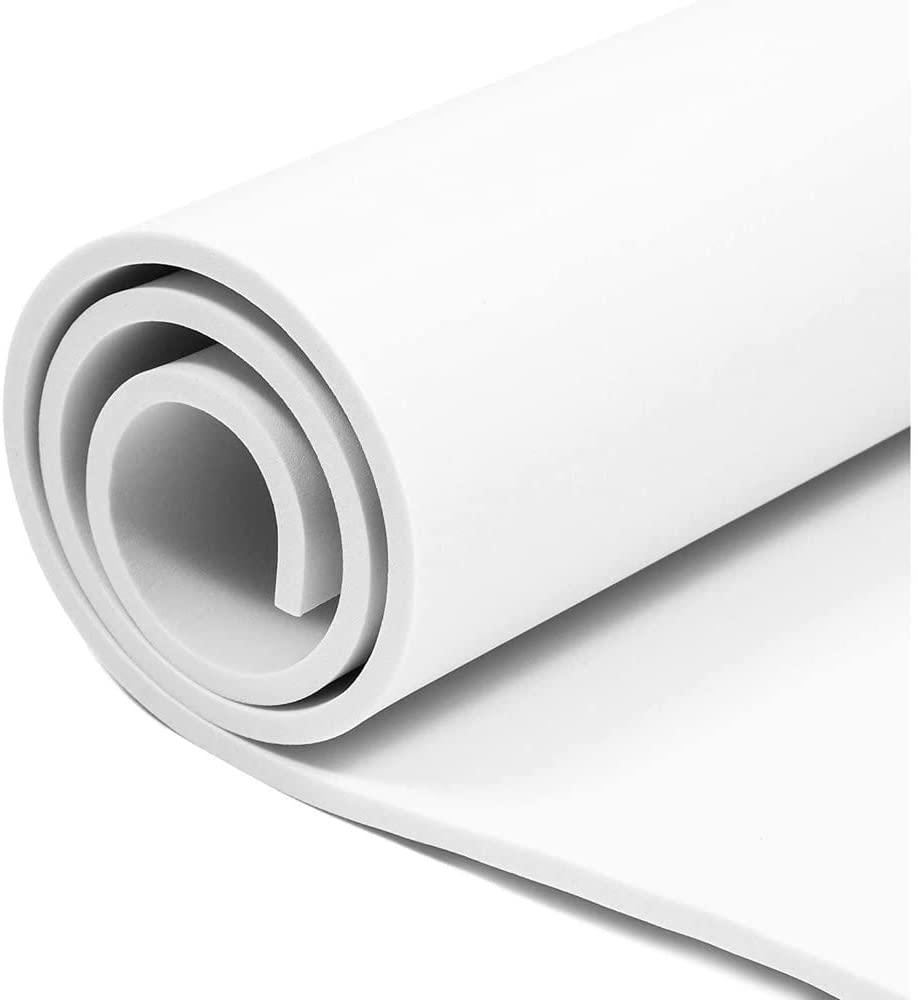
This method is also fairly easy.
Start by cutting a piece of foam the same length and width as your pillow. Then place the foam inside of the pillowcase, followed by your pillow on top.
This layered approach will not only add firmness, but also loft as well. Depending on how thick your foam layer is, you can add a little loft or a lot.
You might have to use a gusseted pillowcase or protector if you end up with a thick piece of foam.
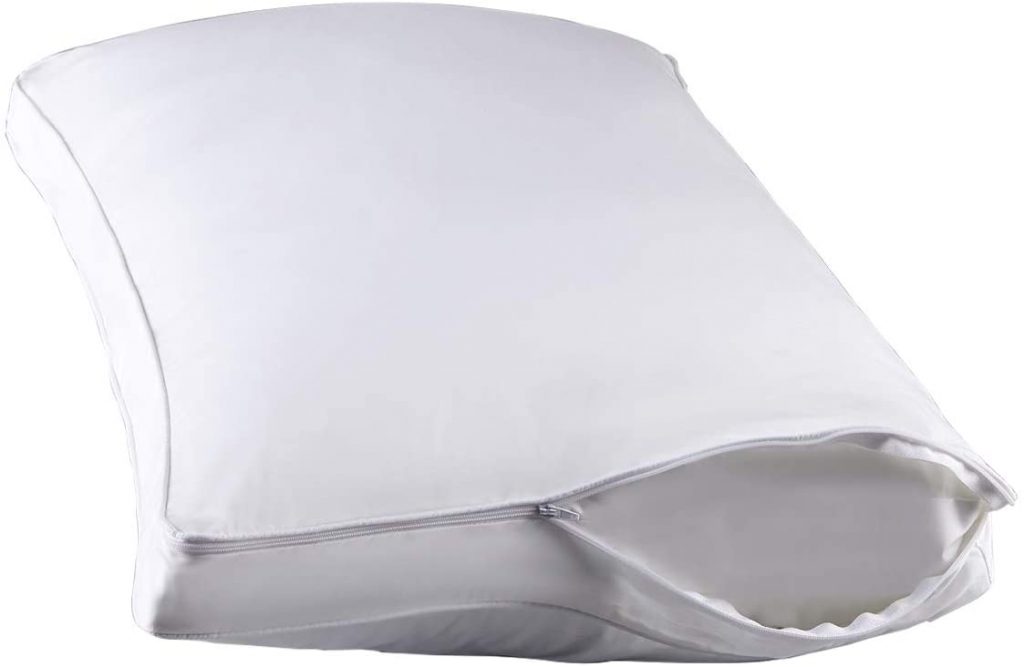
Most people will be satisfied, for example, by a 1/2″ to 1.5″ piece of foam.
We recommend purchasing the 1/2″ thickness. That way you can add increments of half an inch until you find your desired adjustment.
3.) Add Stuffing
If you know your way around a needle and some thread, the 3rd method can work for you.
For this method, you’ll start by opening one edge of your pillow cover. Once exposed, simply fill the pillow with the stuffing of your choice.
You can add more goose down, or polyester, but for this method, we suggest adding shredded latex.
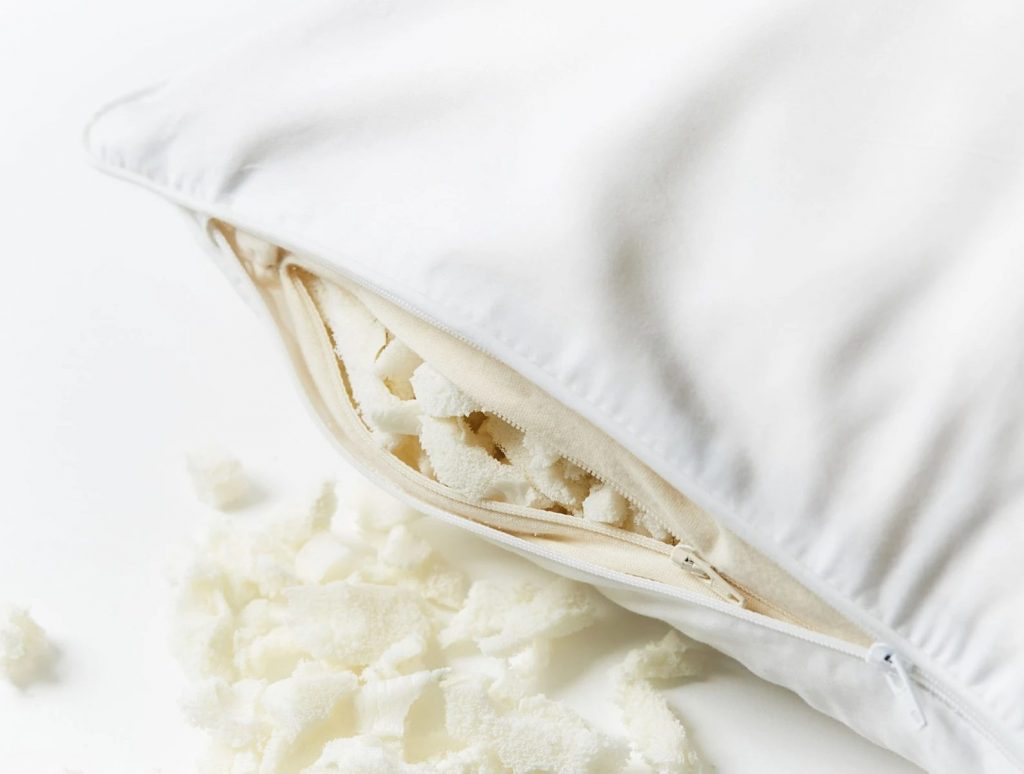
Latex does not hold on to heat like memory foam. It is more durable than either foam or polyester. And it also has a squishier texture than both as well.
Shredded latex pillows have a cult following. Unfortunately, due to their cost, latex pillows are not very common.
For this method, add your desired fill material to your pillow, and then sew it shut. And if you don’t have any sewing skills, you can always just dump everything into a zippered pillow protector too.
Just be careful with the zipper!
Pillow Measurements
We briefly touched on pillow loft earlier. Let’s expand on that now.
The purpose of a pillow – besides providing comfort – is to keep your spine straight. When your spine is out of alignment, it causes pain. Like that stiff neck you suffer from when you wake up.
So, regardless of sleep position, you want your spine to stay aligned while you sleep.
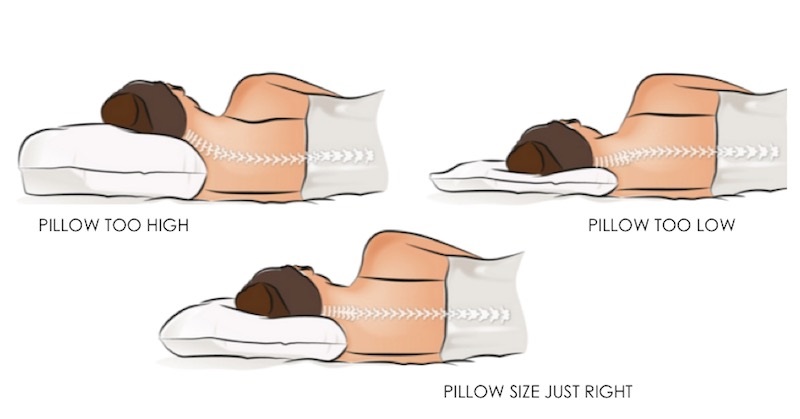
So how do we figure that out?
Start by laying in your preferred position. On your back, on your side – whatever might be your regular sleep position. Keep your head straight. The distance between your head and the surface of the mattress is the loft that you need.
Keep in mind, that is the loft you need when the pillow is compressed.
So make your pillow a bit loftier than what you actually need, and then test it. Lay on it. Does it keep your spine in alignment? If so, great. If not, adjust as necessary.
A Few More Suggestions
Different fill materials require different types of care. Shredded latex for example is a very durable material. It will withstand almost any type of abuse.
Polyester and foam on the other hand aren’t as durable. Specifically, they don’t handle heat or bleach too well.
Extreme heat can cause polyester and foam to melt. Even low amounts of heat will make polyester fibers stick together, and clump. This will cause a change of density in your pillow.
Bleach also damages synthetic materials like foam and polyester.
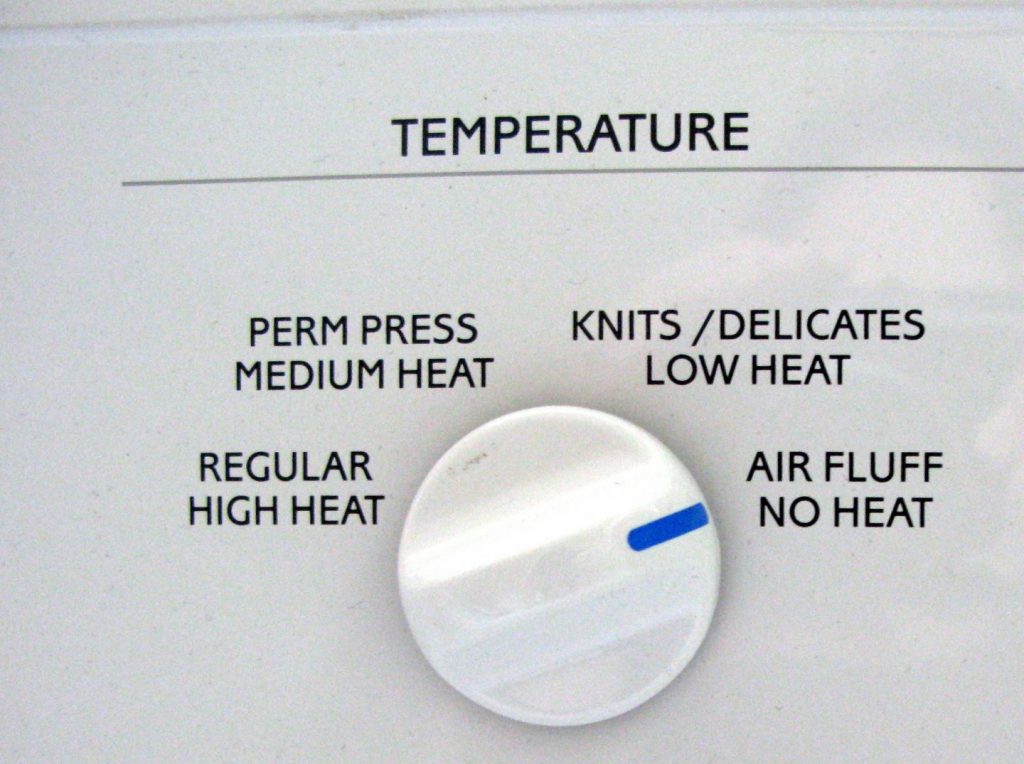
So, moving forward, avoid bleach when washing synthetic materials. Wash using cold water. And dry using the lowest or no heat setting.
This will ensure that your pillow keeps its shape, and performs optimally.
